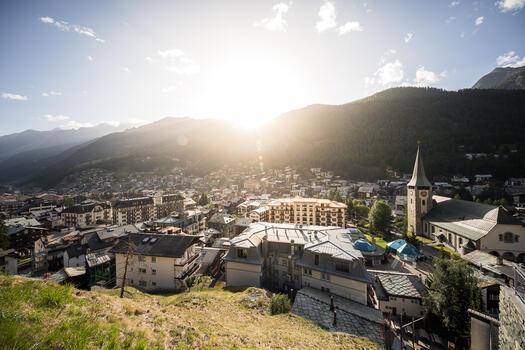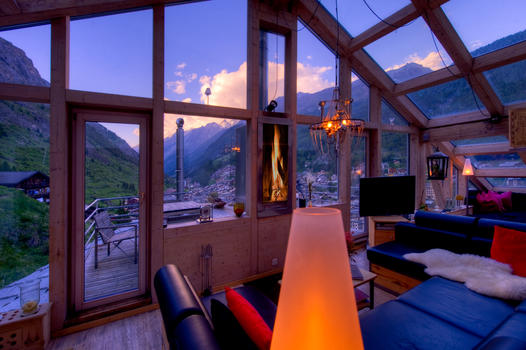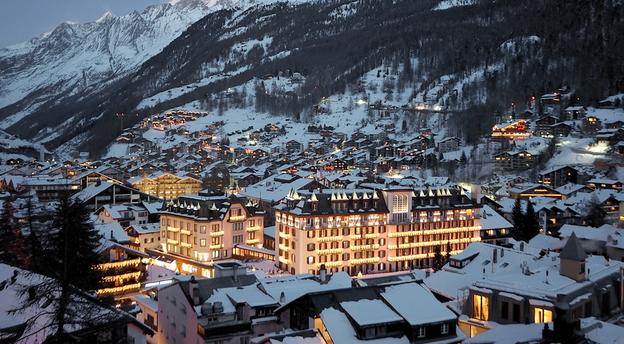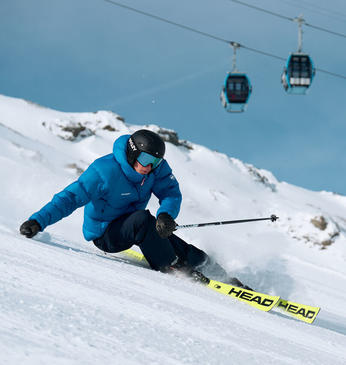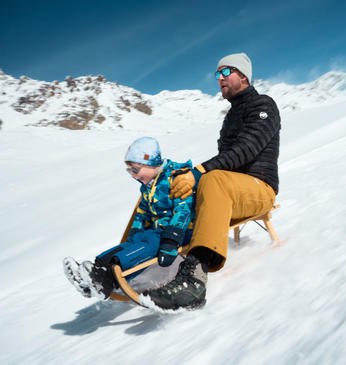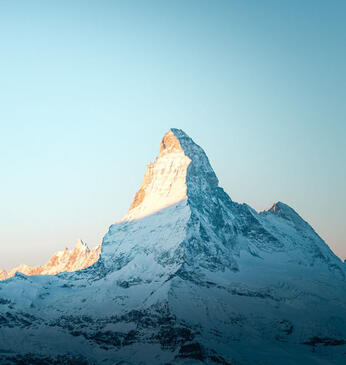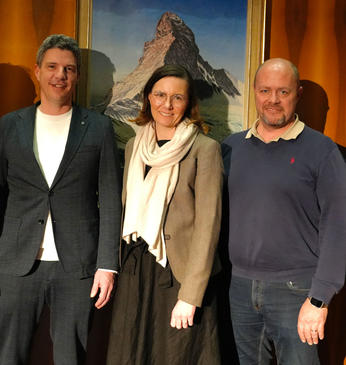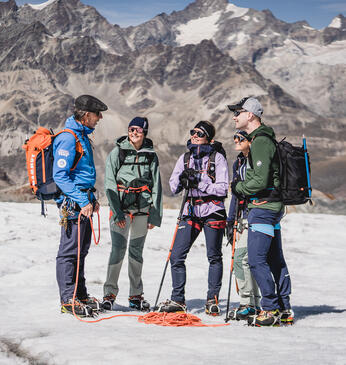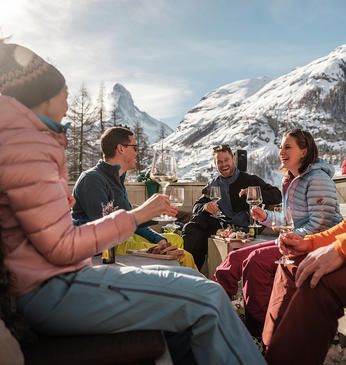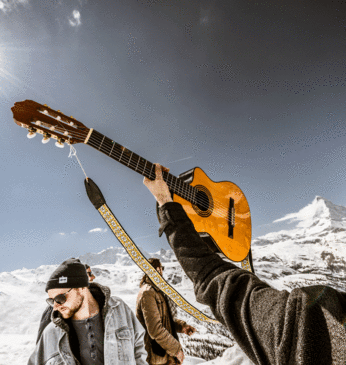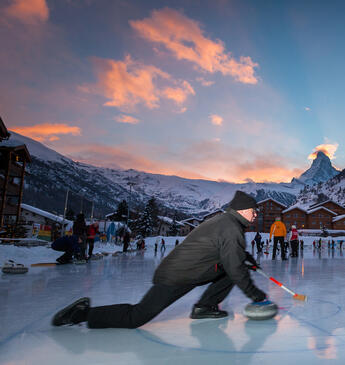
“In Zermatt, there are mountains to climb for every ability,” says the Zermatt mountain guide Richi Lehner. For more than 25 years, he has taken guests to the peaks around Zermatt. And he also knows about the dangers “lurking” in these mountains when mountain climbers overestimate themselves. Among the more than 65 licenced mountain guides from Zermatt, Täsch, Randa and St. Niklaus, many are also committed to training mountain guides and are active in mountain rescue. They are asked to take part in expeditions around the world. Their competence and knowledge are legendary – and have been for generations.
The Matterhorn, the Magic Mountain
The most-photographed mountain in the world has a magic attraction for climbers. Climbing the Matterhorn has a special appeal for many. “The tour to the top of the Matterhorn is one of the most beautiful climbs on any of the four-thousand metre peaks in the Alps. It is best done with a local mountain guide and when there are not many other climbers on the mountain,” says Richi Lehner. Sometimes, the Hörnligrat, the best-known route, is over-filled: in summer, when the weather opens larger time windows for climbing, up to 120 people are underway on this famous route. However, time pressure and poor preparation, underestimating the mountain and overestimating one’s own skills can lead to major difficulties for Matterhorn climbers. “It is not the difficulty level of the climbing that makes the Matterhorn dangerous,” says the mountain guide and rescuer Richi Lehner. Far more, it is the difficulty of finding the correct route over crumbling rocky gneiss, through a labyrinth of debris and couloirs in the dark. Furthermore, the weather can change very quickly.
The Zermatt mountain guides are experienced, especially when it comes to assessing the abilities of their guests. Matterhorn candidates must be sure-footed, unafraid of heights and demonstrate that they are in good condition. If this is not the case, a mountain guide advises them not to take the tour. Rarely have local mountain guides been involved in any of the accidents on the mountain in recent years.
A Mountain for every need
The mountain world around Zermatt offers everything that makes a mountain lover’s heartbeat faster: 38 four thousand metre peaks. With ice, glaciers, snow, north walls and long or short climbs. Since the Zermatt mountain world is challenging and conditions can change from year to year because of climate change, among other things, it is recommended to always hire a mountain guide for tours. This is a worthwhile investment not only for safety reasons but also because of the experience: A mountain guide puts safety into play, which increases your level of enjoyment. They know their mountains inside out, they are experienced, and they have much to tell.
A great tradition of alpine competence
The Zermatt mountain guides are among the best in the world. Many in the current crop are second, third or even fourth-generation mountain guides. Their knowledge is the result of decades of collective experience. Very few mountain destinations have such competence. “Besides Zermatt, only in Grindelwald or Chamonix, for example,” says Richi Lehner. He continues, “The Zermatt mountain guides have left tracks around the world for generations. Many of them took part in first ascents.” Around 30 of the Zermatt mountain guides live only by leading tours as mountain guides. They accompany numerous regular guests in the Himalayas, to Greenland, Alaska, South America or the Caucasus Mountains. The locals have been and are also leaders in mountain rescue and have freed people from difficult situations around the world with their pioneering methods. The development of long-line rescue techniques for cliff faces was their work in collaboration with the helicopter pilots at Air Zermatt as was glacier crevasse rescue using tripods. The later makes it possible for rescuers to free victims from these cold prisons using cable winches.
A selection
This selection of climbing and touring areas is far from complete. If you are interested in further information and advice, please contact the Alpin Center and the Zermatt mountain guides association.
